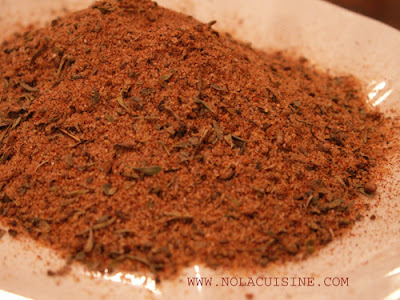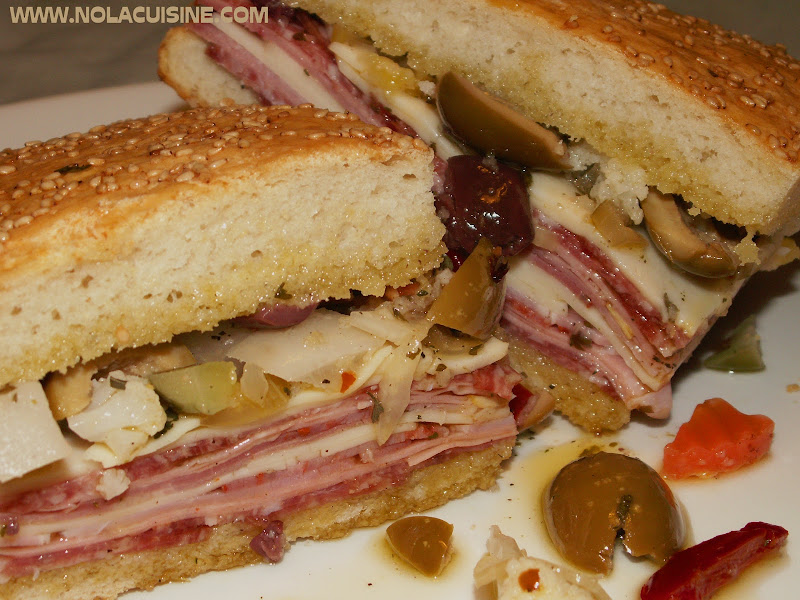I just finished making a batch of Creole Cream Cheese Ice Cream from my newly finished batch of Creole Cream Cheese; frozen heaven, no kidding. There is no better way to describe it than Cheescake reincarnated as Ice Cream, cold creamy decadence. I used the Commander’s Palace recipe with just a few changes. The only mistake I made in making this was making too small of a batch, this makes about 1 quart. Here it is:
Creole Cream Cheese Ice Cream Recipe
1 Cup Heavy Cream
1/2 Cup Whole Milk
2/3 Cup Granulated Sugar
1 Tbsp Vanilla Extract
6 Large Egg Yolks
2/3 Cup Creole Cream Cheese
1/3 Cup good quality Sour Cream or Creme Fraiche
Combine the Cream, Milk, Sugar, and Vanilla in a saucepan over medium heat. Heat until the mixture just starts to boil, remove from the heat. Put the egg yolks in a large mixing bowl, then temper the yolks with a little of the milk mixture. Combine the two mixtures. then return them to the saucepan over medium heat, stirring constantly, cook the custard until it coats the back of a wooden spoon, 2-4 minutes, DO NOT BOIL. Strain into a mixing bowl and refrigerate until chilled, at least a few hours (you want it very cold before it enters the ice cream machine). Meanwhile, combine the Creole Cream Cheese and Sour Cream then put them through a fine mesh sieve, mashing them through with the back of a wooden spoon. When the custard is cold, fold in the Creole Cream Cheese and Sour Cream. Freeze in an ice cream maker according to the manufacturer’s instructions. Serve as is or freeze overnight for a firmer ice cream.
Makes 1 Quart (You’ll wish you had doubled it! My Creole Cream Cheese Recipe makes enough for a double batch of Ice Cream.)
This ice cream would go great with a fruit sauce, just like cheesecake; strawberry, cherry, you name it. But I prefer it all by itself.




